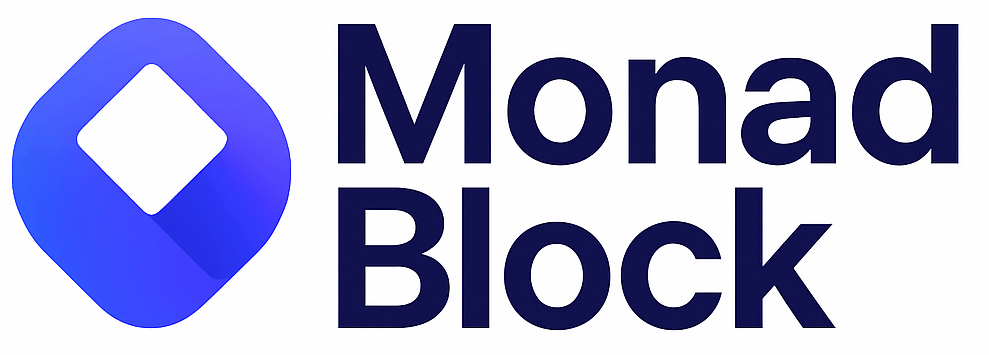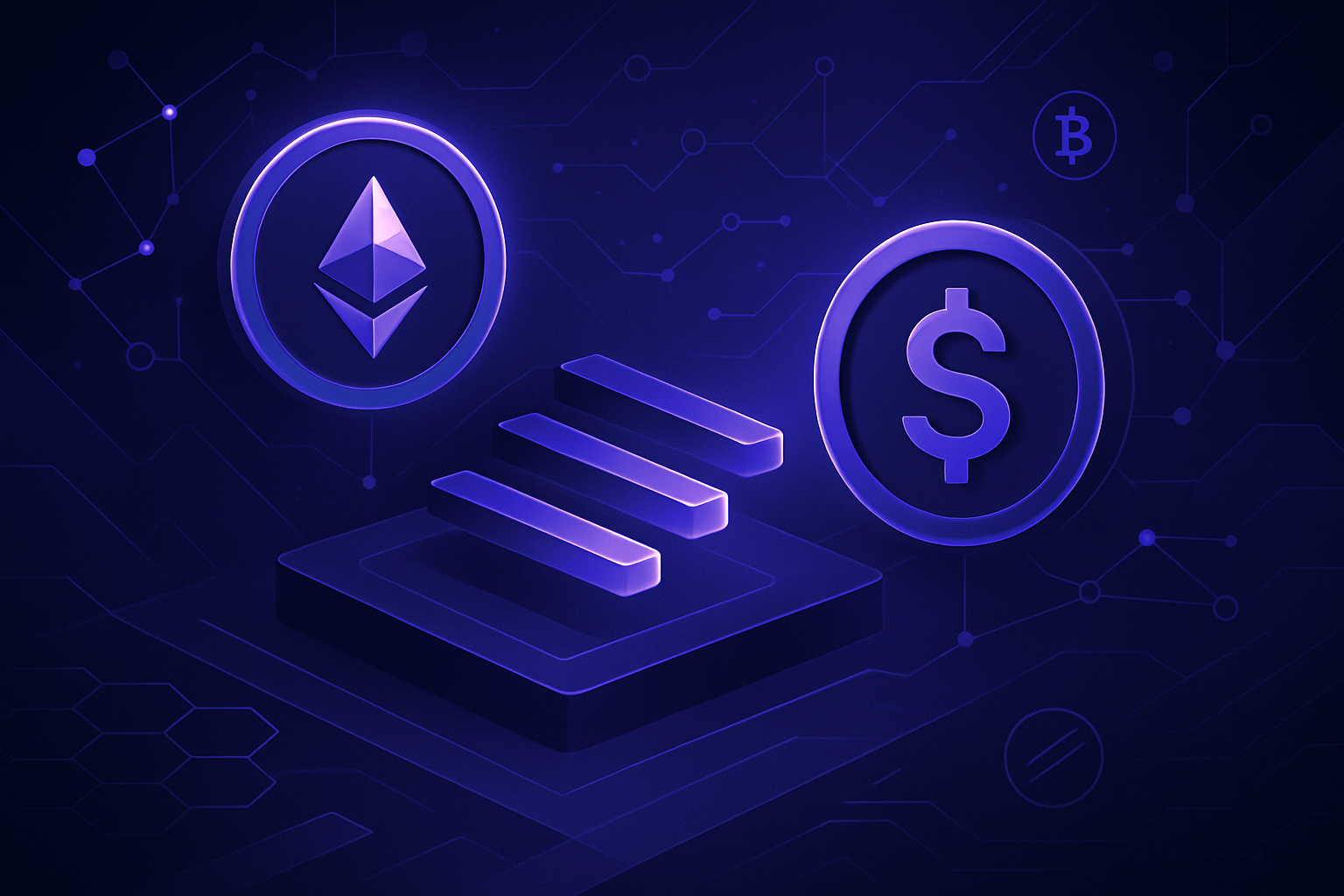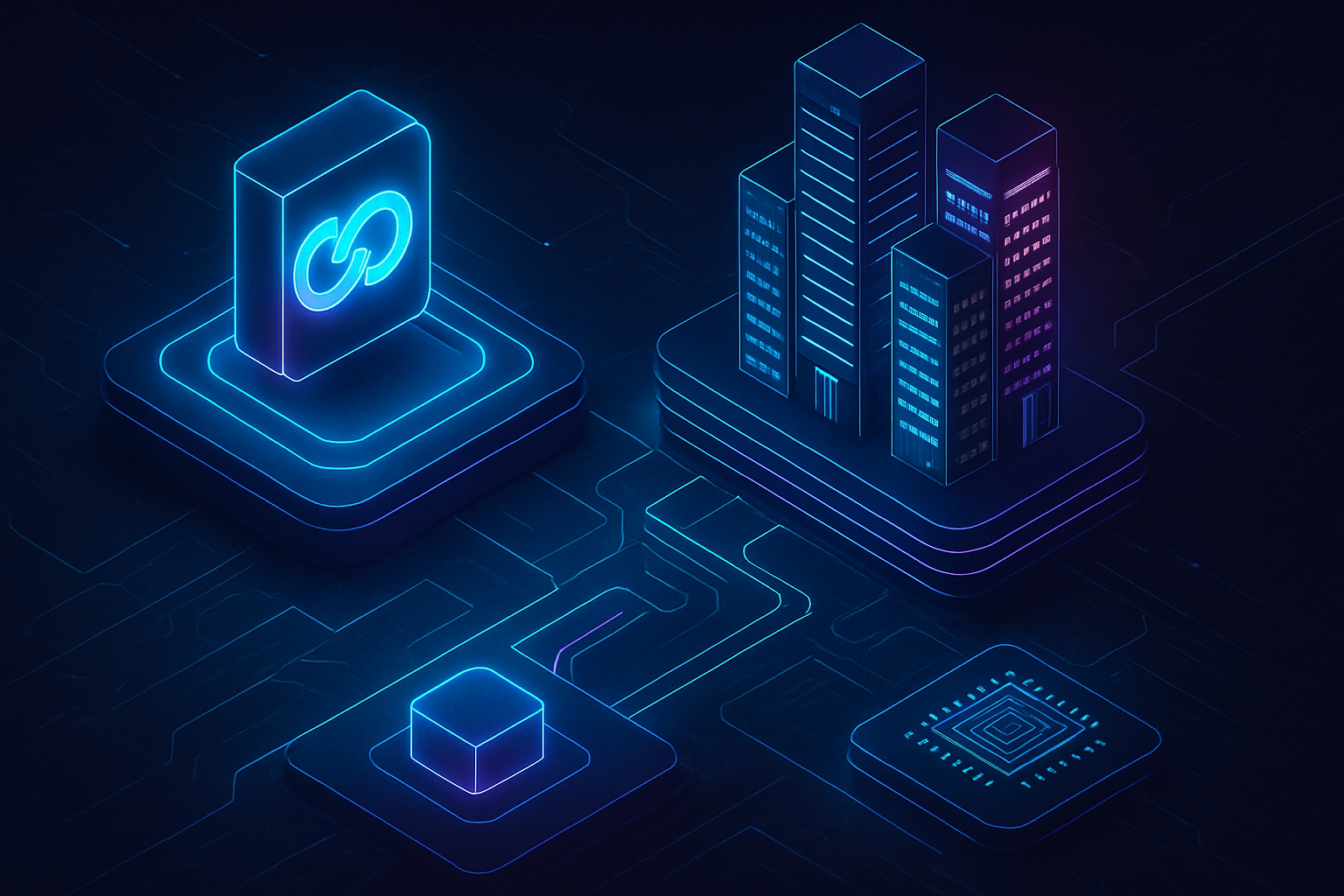
Decentralized finance is in the midst of a throughput revolution, and Monad is leading the charge. For developers and yield strategists, the ability to execute complex DeFi protocols at scale without bottlenecks is no longer a dream, it’s the new standard. With Monad’s high-performance EVM-compatible Layer 1 chain clocking in at 10,000 transactions per second (TPS) and near-instant finality, the landscape for building high-yield DeFi products has fundamentally shifted.
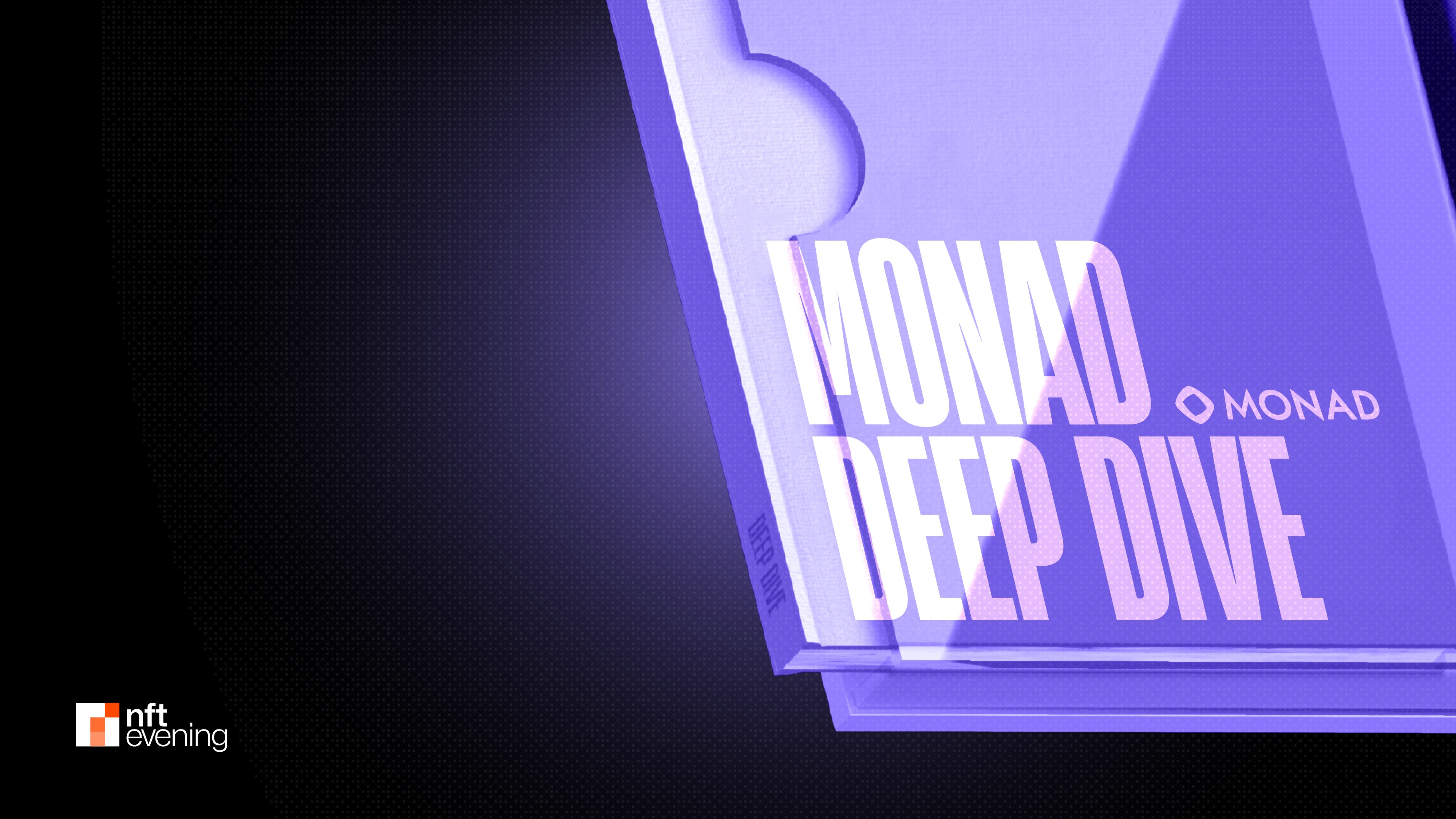
Monad: The High TPS Engine for Scalable DeFi
The core of Monad’s appeal lies in its breakthrough architecture. Unlike legacy blockchains where single-threaded execution throttles throughput, Monad leverages parallel transaction processing. This means multiple smart contract operations can run simultaneously, dramatically boosting efficiency, an absolute game changer for high-frequency trading, automated yield farming, and real-time order books.
This isn’t just theoretical. According to Monad’s official documentation, developers can port their Ethereum-based DeFi dApps directly to Monad with zero code changes. The result? Familiar Solidity workflows but with turbocharged speed and sub-cent gas fees, making advanced strategies like flash loans or MEV extraction not only possible but practical for a wider range of users.
Why High TPS Matters for Yield Optimization
Yield farming on Ethereum has always been constrained by congestion and unpredictable gas prices. During peak market activity, opportunities are lost to slow confirmation times or cost-prohibitive fees. Monad’s 1-second block times and consistent low-cost execution remove these barriers entirely.
- Real-time arbitrage: Exploit fleeting price discrepancies across DEXs without worrying about network lag.
- Automated reinvestment: Protocols like Curvance leverage Monad’s speed to implement continuous compounding via ERC-4626 vaults.
- Batched transactions: Bundle multiple actions into one seamless operation, reducing slippage and optimizing outcomes.
This level of performance is already attracting next-generation protocols. For example, Ambient Finance consolidates all exchange functions into a single smart contract on Monad, slashing costs while boosting capital efficiency for LPs and traders alike.
Top Monad-Based DeFi Protocols Maximizing Yield
-
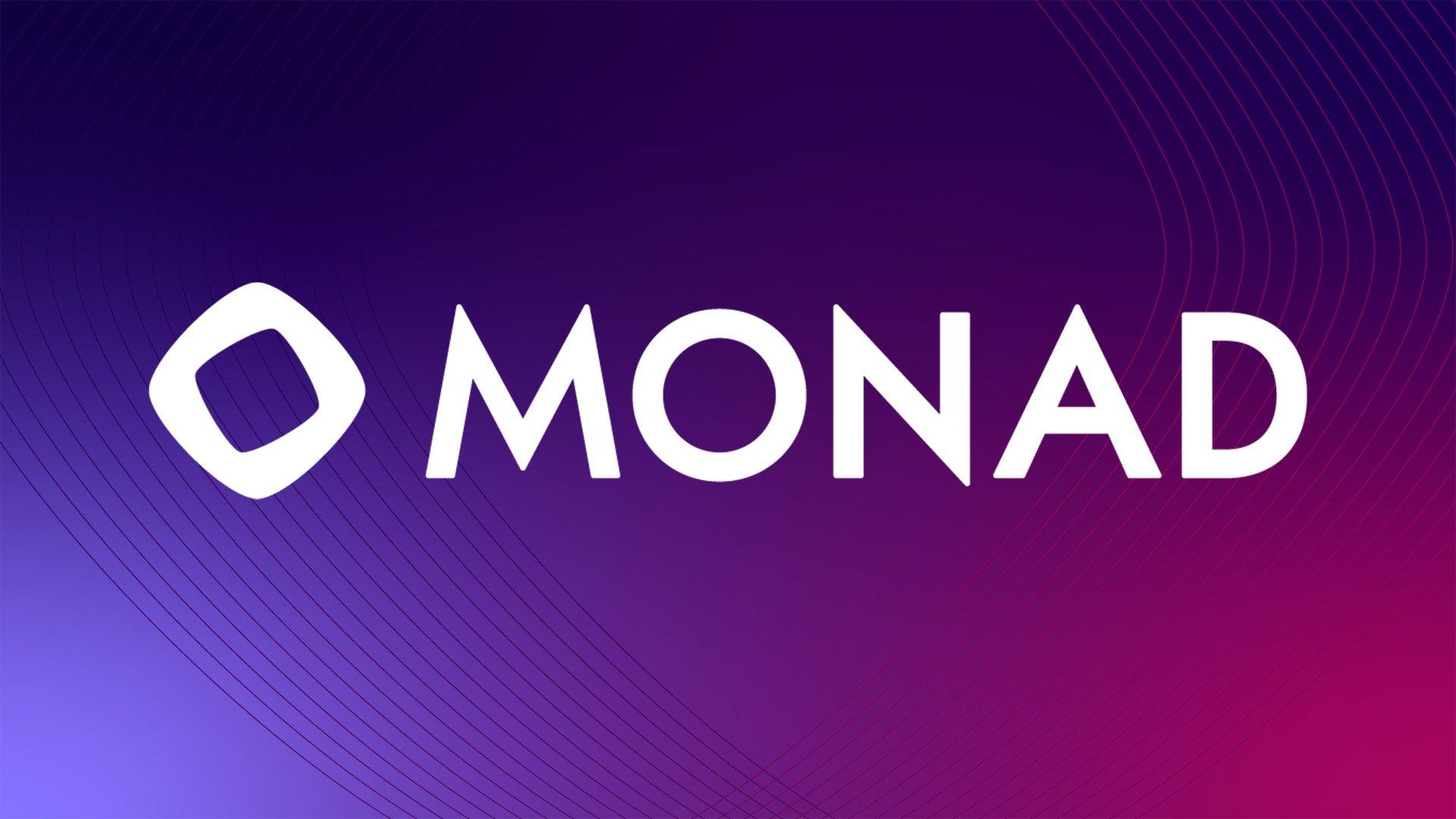
aPriori: An MEV-driven liquid staking platform on Monad, aPriori enables users to stake Monad tokens and receive liquid staking derivatives. These derivatives can be used across DeFi for enhanced yield opportunities, combining staking rewards with additional DeFi incentives.
-
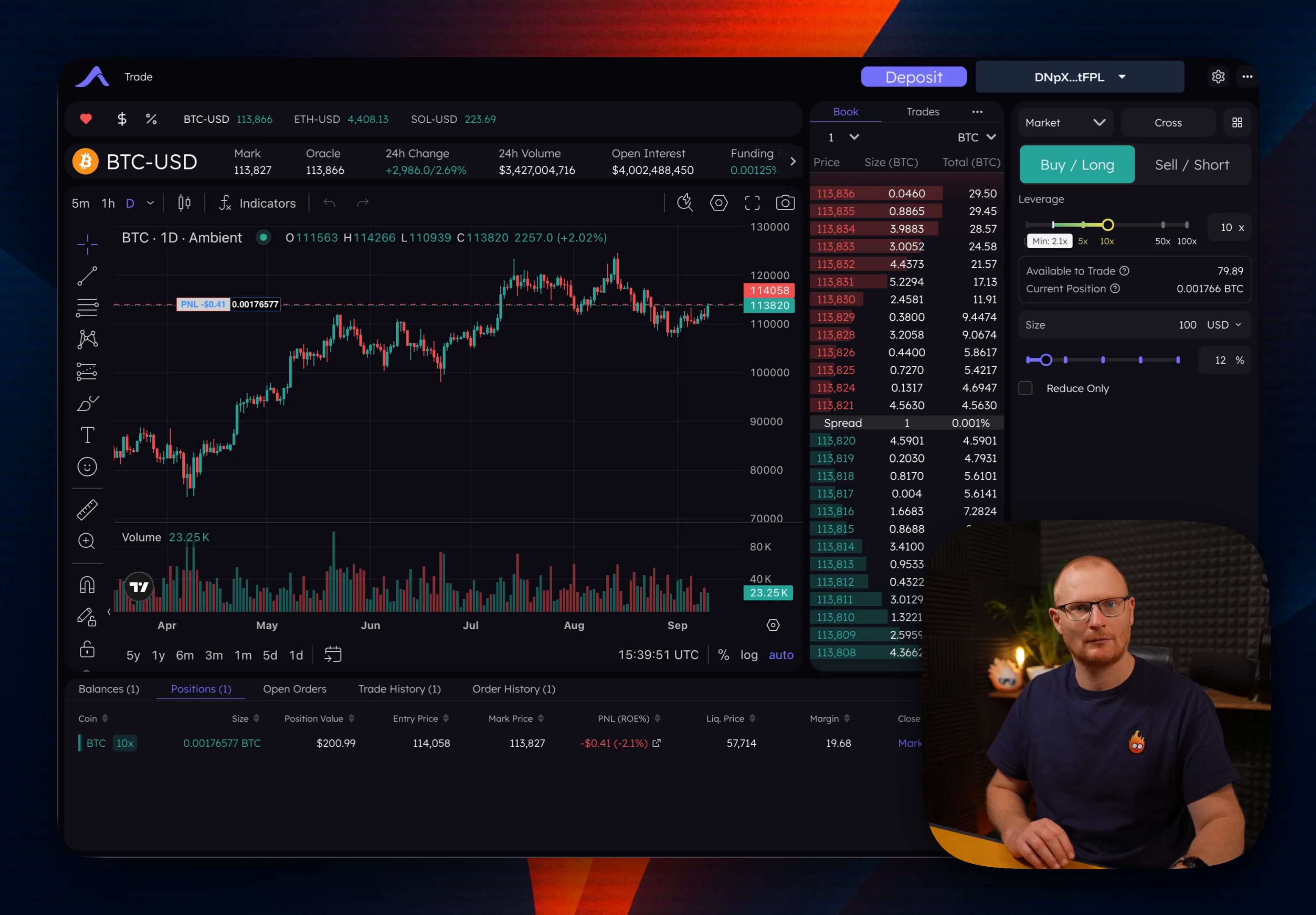
Ambient Finance: This decentralized exchange (DEX) protocol integrates all trading functions into a single smart contract, optimizing gas costs and boosting trading efficiency. Ambient Finance leverages Monad’s high throughput to offer cost-effective, high-frequency trading for DeFi users.
-
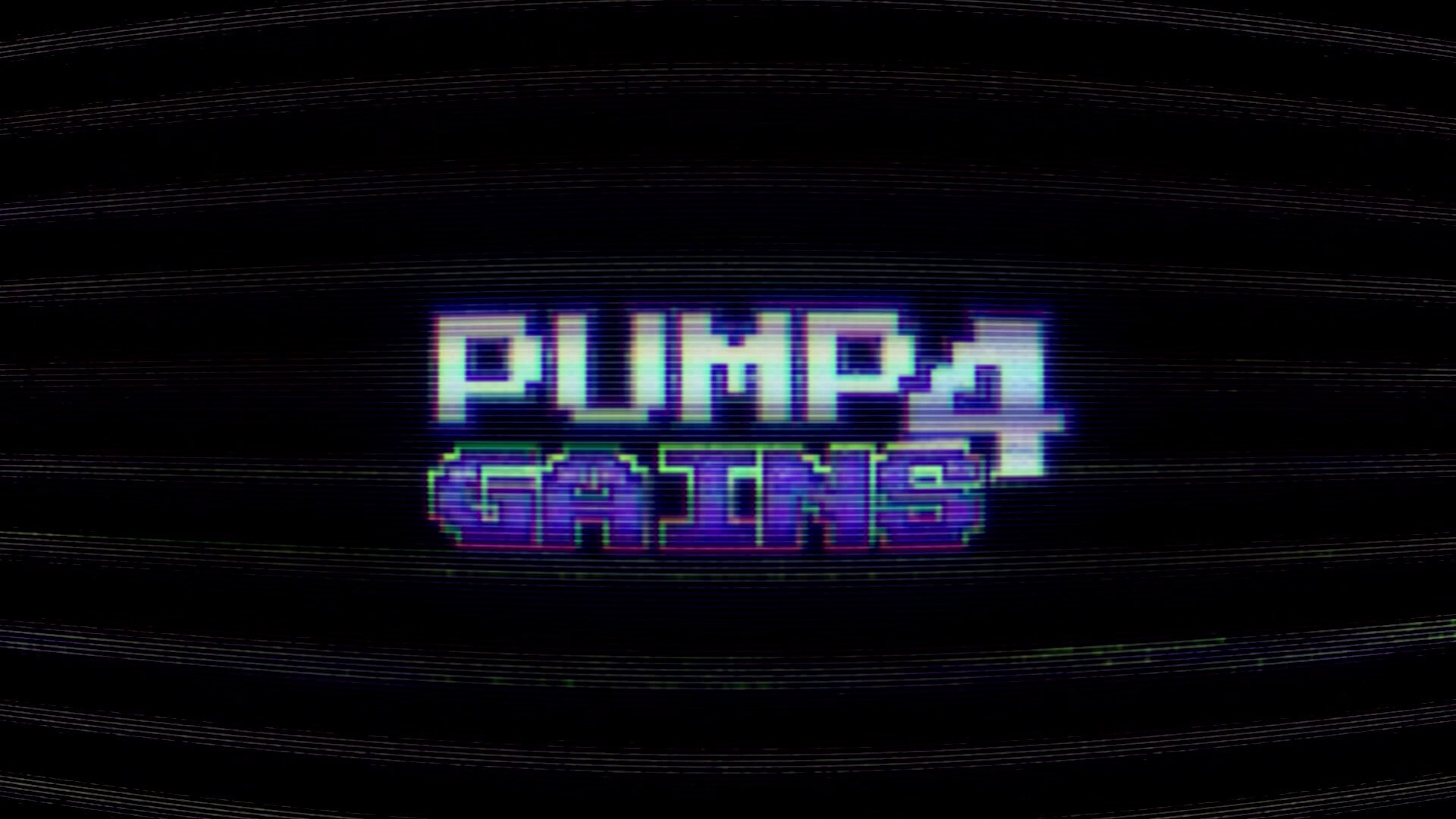
Curvance: Focused on capital efficiency and composability, Curvance utilizes a risk isolation model and ERC-4626 vaults to automate reinvestment and liquidity routing. This protocol empowers users to maximize yield with minimal risk on Monad’s high-speed infrastructure.
The Rapid Growth of Monad’s DeFi Ecosystem
The numbers tell the story: over 210 projects have launched or are building on Monad since its testnet debut (source). This flurry includes everything from MEV-driven liquid staking platforms like aPriori to capital-efficient lending markets powered by risk isolation models. The common thread? Each protocol is designed to maximize yield through frictionless composability and ultra-fast settlement, a direct result of Monad’s technical prowess.
If you’re considering launching your own scalable DeFi protocol or migrating an existing one from Ethereum or another EVM chain, now is the time to explore how Monad can unlock new levels of performance and profitability for your users.
Developers are already leveraging Monad’s robust infrastructure to create DeFi primitives that simply aren’t feasible on slower chains. Orderbook-based DEXs, high-frequency options vaults, and dynamic liquidity routing protocols now operate with a level of responsiveness and reliability that rivals traditional finance. This is not just a technical upgrade; it’s an entirely new paradigm for what DeFi can be when freed from the legacy constraints of blockspace scarcity.
Consider the impact on users: yield farmers benefit from lower slippage and more predictable returns, arbitrageurs can execute strategies at a pace previously only available to centralized market makers, and DAOs orchestrate treasury management without costly delays. Monad’s parallel execution engine isn’t just about scale, it’s about unlocking new classes of financial products and user experiences.
Developer Experience: Seamless EVM Migration and Tooling
One of Monad’s most compelling features is its full EVM compatibility. Existing Solidity smart contracts deploy out-of-the-box, so teams migrating from Ethereum or other EVM chains face minimal friction. The familiar developer stack, Truffle, Hardhat, Foundry, remains fully supported, but with the added benefits of Monad’s high throughput and low-cost execution.
This means teams can focus on protocol innovation instead of rewriting core logic or managing complex cross-chain bridges. For those building novel DeFi apps or scaling up existing ones, Monad dramatically reduces time-to-market while opening new doors for composability across the ecosystem.
Security and Decentralization at Scale
High performance doesn’t come at the expense of decentralization or security. Monad’s consensus mechanism has been engineered for production-grade robustness, nodes are lightweight enough to encourage broad participation but powerful enough to maintain network integrity at 10,000 TPS. This ensures that as DeFi protocols scale up their user bases and transaction volumes, they do so without sacrificing trustlessness or censorship resistance.
For enterprise builders and institutional players eyeing scalable DeFi infrastructure, Monad offers a rare combination: uncompromised security with real-world throughput. This positions it as a foundational layer not just for retail-focused dApps but also for sophisticated financial products seeking regulatory-grade assurances.
The Future of Yield: What Comes Next?
The rapid evolution of Monad DeFi development signals more than just incremental gains in speed or cost, it hints at entirely new yield strategies made possible by high TPS architecture. Imagine permissionless structured products that rebalance every second, AMMs with real-time risk management modules, or liquid staking derivatives that auto-compound rewards without gas fee drag.
The next wave of high-yield opportunities will favor protocols able to harness scalable DeFi EVM chain infrastructure like Monad. As user expectations shift toward instant settlement and transparent pricing, only chains capable of delivering this performance will remain competitive in the long run.
Knowledge is the best hedge, and in this new era of performant DeFi, understanding how to build on Monad is your edge.
